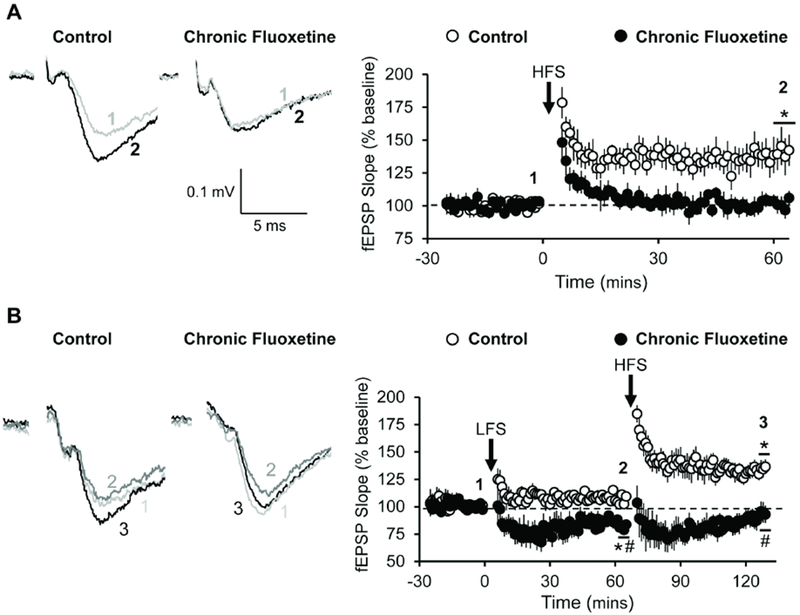Figure 1. Chronic fluoxetine treatment impairs LTP and enhances LTD.

Activity-dependent synaptic plasticity at TA-CA1 fEPSPs in Str. LM is compared in acute hippocampal slices prepared from rats treated for 4 weeks with fluoxetine (80mg/L) in their drinking water or untreated controls. (A) High frequency stimulation (HFS) failed to induce long-term potentiation (LTP) of TA-CA1 fEPSPs in slices taken from rats subjected to chronic fluoxetine (filled symbols; n = 5) but induced robust LTP in slices from control rats (open symbols; n = 7). Student’s t-test revealed a significant difference after 60 mins [t(10) = 10.61; p < 0.0001]. (B) The effect of sequential low frequency stimulation (LFS) and high frequency stimulation (HFS) on fEPSPs recorded from slices taken from controls (open symbols; n = 11) and rats subjected to 4 weeks of chronic fluoxetine (filled symbols; n = 7). A two-way ANOVA revealed a significant interaction between fluoxetine treatment and electrical manipulations [F(1, 32) = 4.653; p = 0.0386]. Post hoc analysis revealed a significant difference between treatments following LFS [q(32) = 3.921; p < 0.05] and following HFS [q(32) = 8.235; p < 0.0001] with LFS decreasing fEPSP slope in fluoxetine treated animals and HFS increasing fEPSP slope in control treated animals. * = p < 0.05 compared to baseline; # = p < 0.05 compared to vehicle control; data are expressed as the mean ± SEM.
